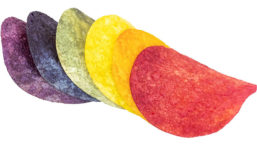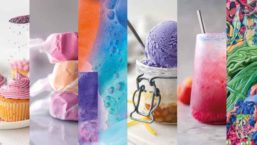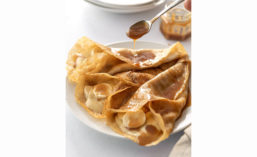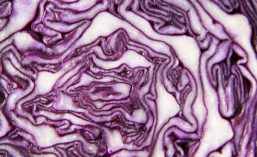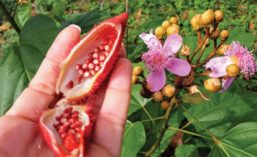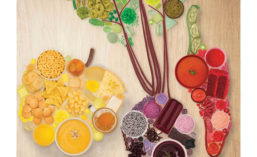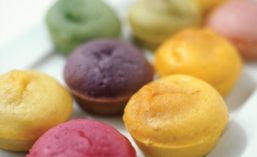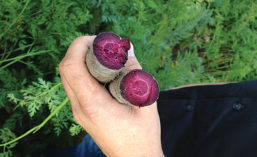Home » Keywords: » natural food coloring
Items Tagged with 'natural food coloring'
ARTICLES
GNT: Healthy Hedonism
EXBERRY by GNT identifies disruptive new color trend
November 28, 2022
Natural Brown, Sepia, and Dark Gold Food Colorants Show New Possibilities for Product Developers
Caramel colors account for approximately 80% of all color additives used in foods and beverages
July 27, 2021
New Cyan Blue Food Color Obtained from Red Cabbage
Researchers converted anthocyanin blue from a tiny fraction of red cabbage extract into a primary product
April 14, 2021
Chr. Hansen to Sell Natural Colors Business to EQT
EQT plans to invest in natural colors, strengthen its digital infrastructure, sustainability capabilities and supply chain setup
September 28, 2020
Selecting Synthetic, Natural Colors
It's color that first tells the consumer that a food or beverage is flavorful and desirable
February 26, 2020
Emerging Botanicals
Consumers are moving out of their comfort zones to explore more bioactive ingredients
April 3, 2019
Bright is Back: Color Makers are Expanding the Rainbow
Consumer mandates place new burdens on the natural colorant palette
February 28, 2019
2018 Predictions: Colors
Predicted Food Color Technologies for 2018
Color technology advances are a "natural"
November 28, 2017
Natural Food Colors in Product Development
Where food colorants are concerned, there are unstoppable changes afoot in the industry
June 17, 2016
Unlock the Future of Food and Beverage Innovation
Are you a leader in research & development? Stay ahead of the curve with Prepared Foods, the premier source of information and insights for today's trend leaders and taste-makers in food and beverage manufacturing.
JOIN TODAYCopyright ©2025. All Rights Reserved BNP Media.
Design, CMS, Hosting & Web Development :: ePublishing
